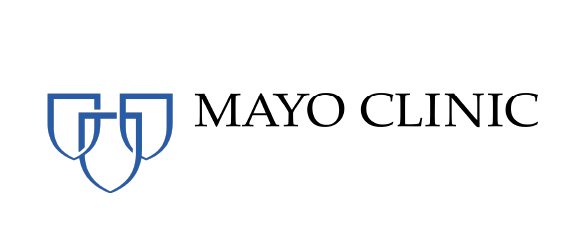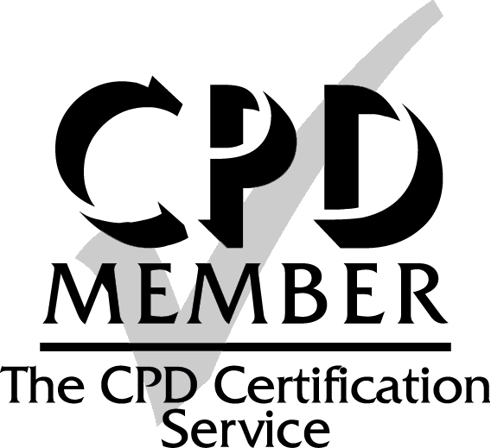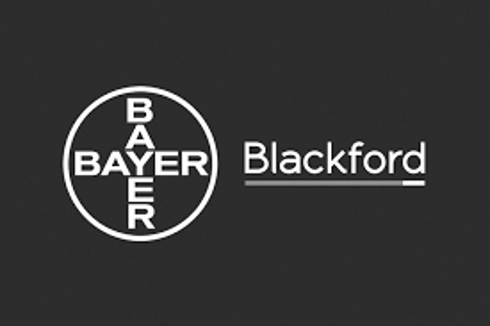A new study from the Mayo Clinic found e-ASPECTS improves interobserver agreement and the accuracy of interpretation of ASPECTS score, adding to the growing body of evidence validating Brainomix’s groundbreaking AI-powered software as a reliable and accurate decision support tool.
The study, headed by Dr Waleed Brinjikji from the Mayo Clinic’s Department of Radiology, was published in Interventional Neuroradiology this month. A group of 16 readers (including both senior and junior neuroradiologists, as well as vascular neurologists) initially assessed a series of stroke CT images for ASPECTS without the use of e-ASPECTS; two months later they re-assessed the same images with the support of e-ASPECTS. Unlike other studies that rely upon “expert opinion” for ground truth, Brinjikji and colleagues used the 24-hour CT or MRI in this cohort of patients who had prompt and complete revascularization.
The results showed that the use of e-ASPECTS resulted in significant improvements in inter-rater agreement and accuracy of ASPECTS score evaluation in this large group of neuroradiologists and neurologists. The authors also highlighted another interesting result: “Lastly, and perhaps most surprisingly, we found that the e-ASPECTS software alone had a higher accuracy than the overall reader cohort of neuroradiologists and neurologists.”
Most international stroke guidelines include ASPECTS as a key criterion when determining eligibility for mechanical thrombectomy – including the AHA Stroke Guidelines, which establish an ASPECTS of 6-10 for eligible patients. The authors suggest that the findings of this study could carry real clinical value for thrombectomy-eligible patients. “By improving the interobserver agreement and accuracy of neuroradiologists and neurologists in the interpretation of ASPECTS, this automated detection algorithm could potentially help in more accurately and efficiently triaging patients for thrombectomy in stroke.”
A copy of the study can be found here on the journal's website.












